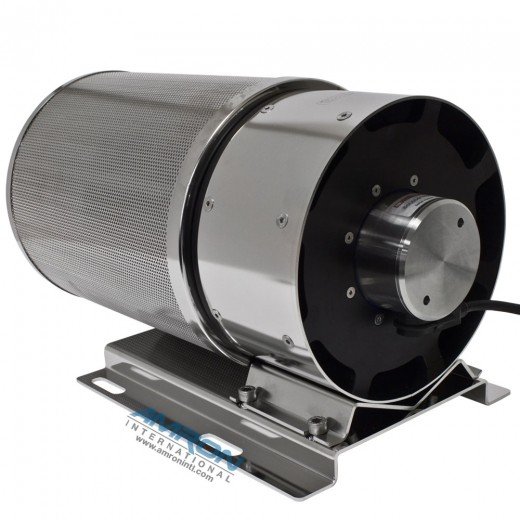 As an initiative of Dieter Heinz, former owner of IWM, we finished development of the Aquanautica in 2006. The educational book for children scuba courses in shallow waters has 27 pages and explains all details in a language that makes the complicated subjects easily understandable. All illustrations and layouts were made by Calamar-Park (or the former Underwater Promotion Office) while all contents were supervised and directed by Dieter Heinz who took a great part in developing children equipments for MARES/Italy.
As an initiative of Dieter Heinz, former owner of IWM, we finished development of the Aquanautica in 2006. The educational book for children scuba courses in shallow waters has 27 pages and explains all details in a language that makes the complicated subjects easily understandable. All illustrations and layouts were made by Calamar-Park (or the former Underwater Promotion Office) while all contents were supervised and directed by Dieter Heinz who took a great part in developing children equipments for MARES/Italy.
The German version of the Aquanautica received wide appreciation by the CMAS (Confédération Mondiale des Activités Subaquatiques) and was officially recommended by the Federation of Diving Centers VIT (Verband Internationaler Tauchschulen). Continue reading “Scuba Education Book For Children”
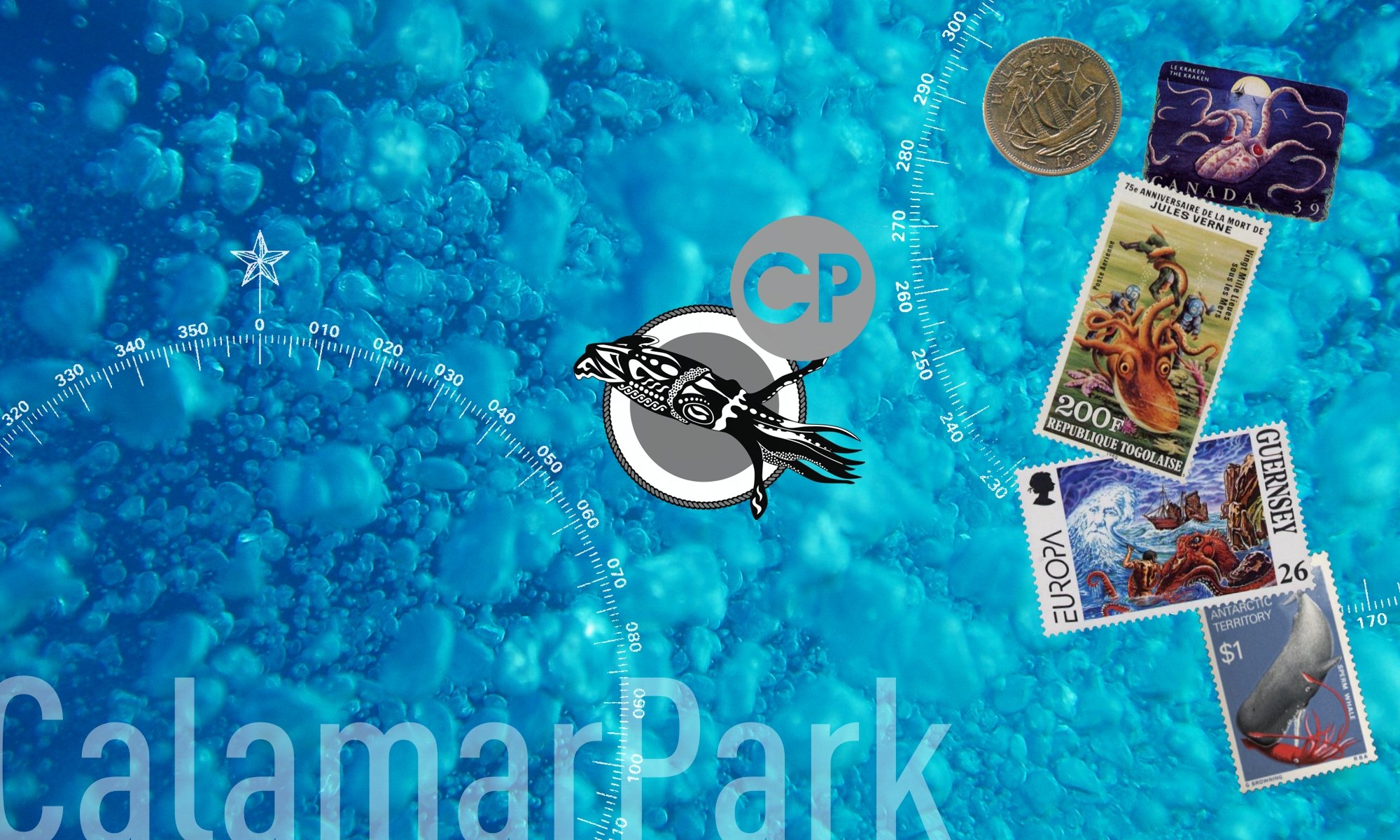
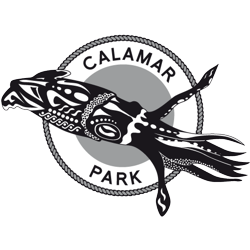
 The Tektite habitat was an underwater laboratory which was the home to divers during Tektite I and II programs. The Tektite program was the first scientists-in-the-sea program sponsored nationally. The habitat capsule was placed in Great Lameshur Bay, Saint John, U.S. Virgin Islands in 1969 and again in 1970. Get all information on
The Tektite habitat was an underwater laboratory which was the home to divers during Tektite I and II programs. The Tektite program was the first scientists-in-the-sea program sponsored nationally. The habitat capsule was placed in Great Lameshur Bay, Saint John, U.S. Virgin Islands in 1969 and again in 1970. Get all information on 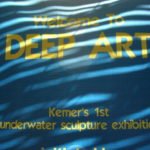 As an initiative of IWM (International Watersports Management) we opened the Underwater Sculpture Exhibition Deep Art on 9th September 2005 in the bay of Kiriş 12m below sea level. Ergün Marble Industries financed the transportation from Eastern Anatolia to Antalya.
As an initiative of IWM (International Watersports Management) we opened the Underwater Sculpture Exhibition Deep Art on 9th September 2005 in the bay of Kiriş 12m below sea level. Ergün Marble Industries financed the transportation from Eastern Anatolia to Antalya. 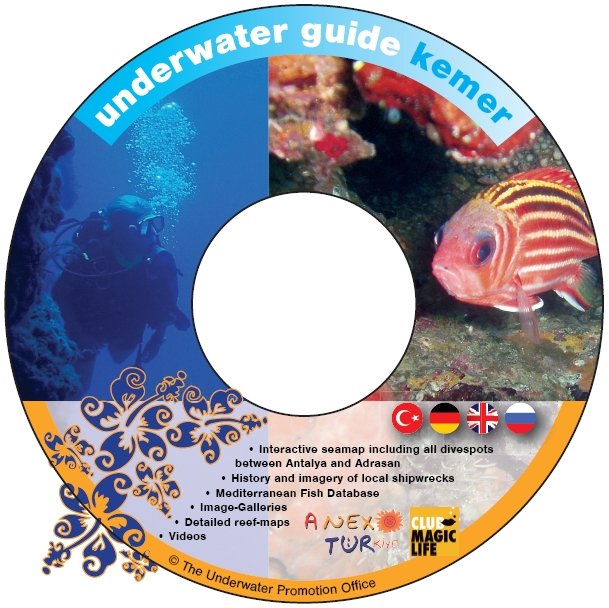
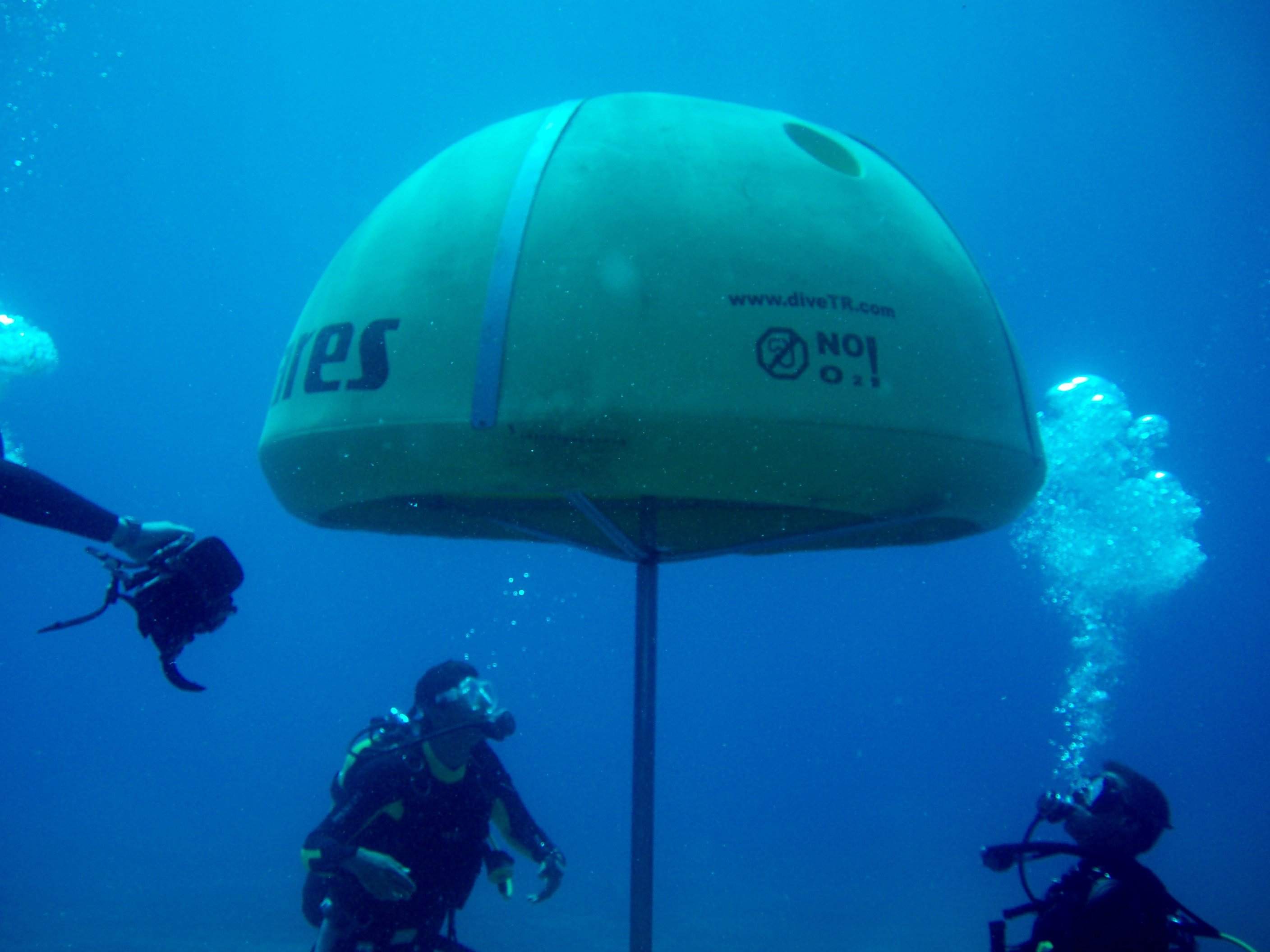
 Growing plants in the undersea station will be very difficult. But the experiment below brought the following question to my mind: If the site of the station would be the Mediterranean, which is a subtropical environment, then the main season would be the summertime. During that period many crops would not grow due to sunlight intensity and heat. The project in the video might be an alternative to use the seawater as a light filter and cooling medium. Would it be worth to investigate?
Growing plants in the undersea station will be very difficult. But the experiment below brought the following question to my mind: If the site of the station would be the Mediterranean, which is a subtropical environment, then the main season would be the summertime. During that period many crops would not grow due to sunlight intensity and heat. The project in the video might be an alternative to use the seawater as a light filter and cooling medium. Would it be worth to investigate?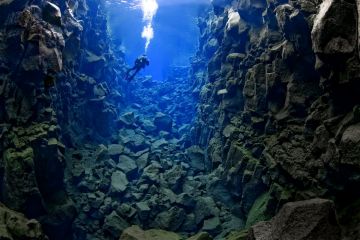 Silfra on Iceland is the only place where you can dive or snorkel directly in the crack between the two continental plates of North America and Europe. Visit
Silfra on Iceland is the only place where you can dive or snorkel directly in the crack between the two continental plates of North America and Europe. Visit 